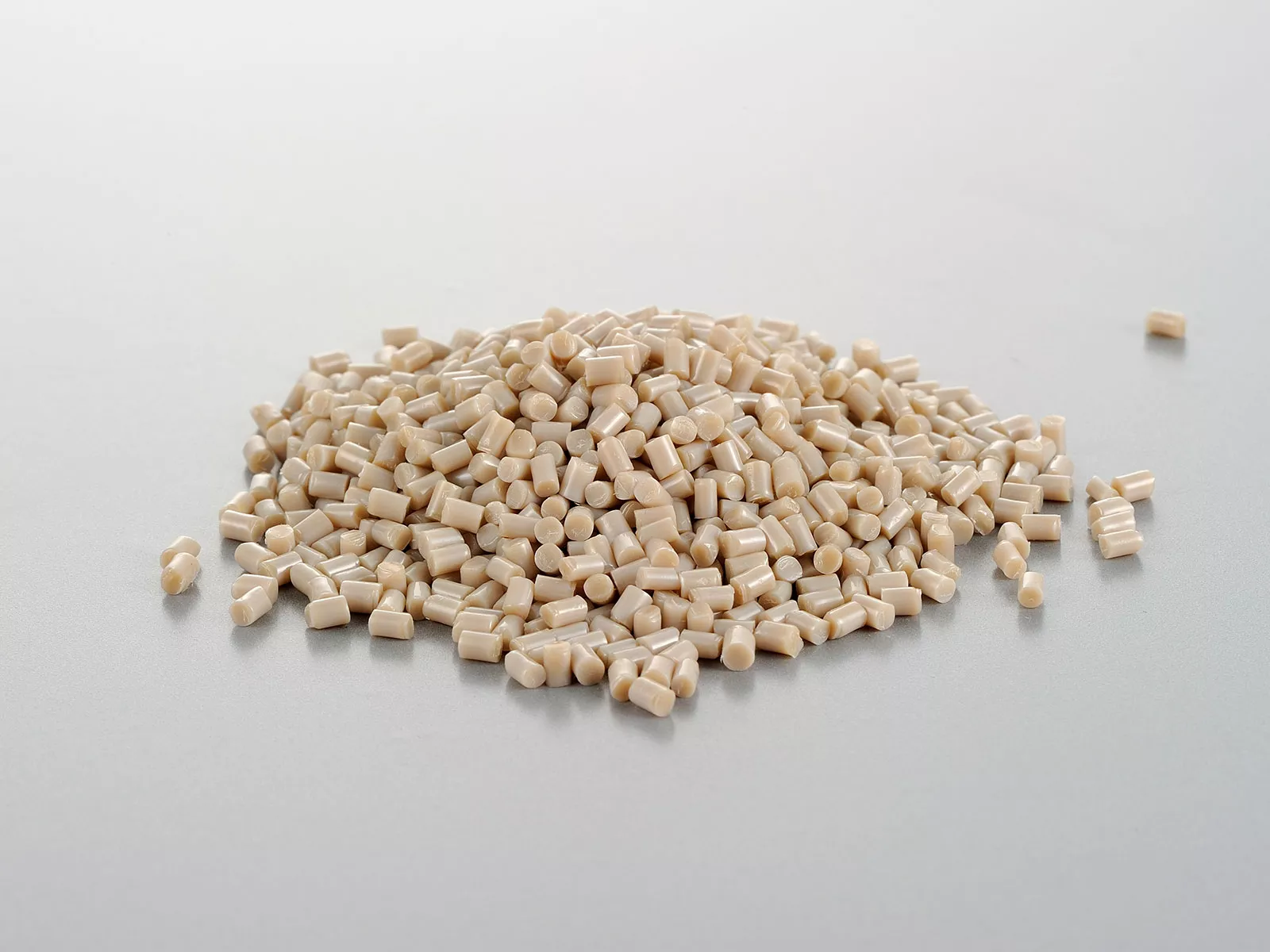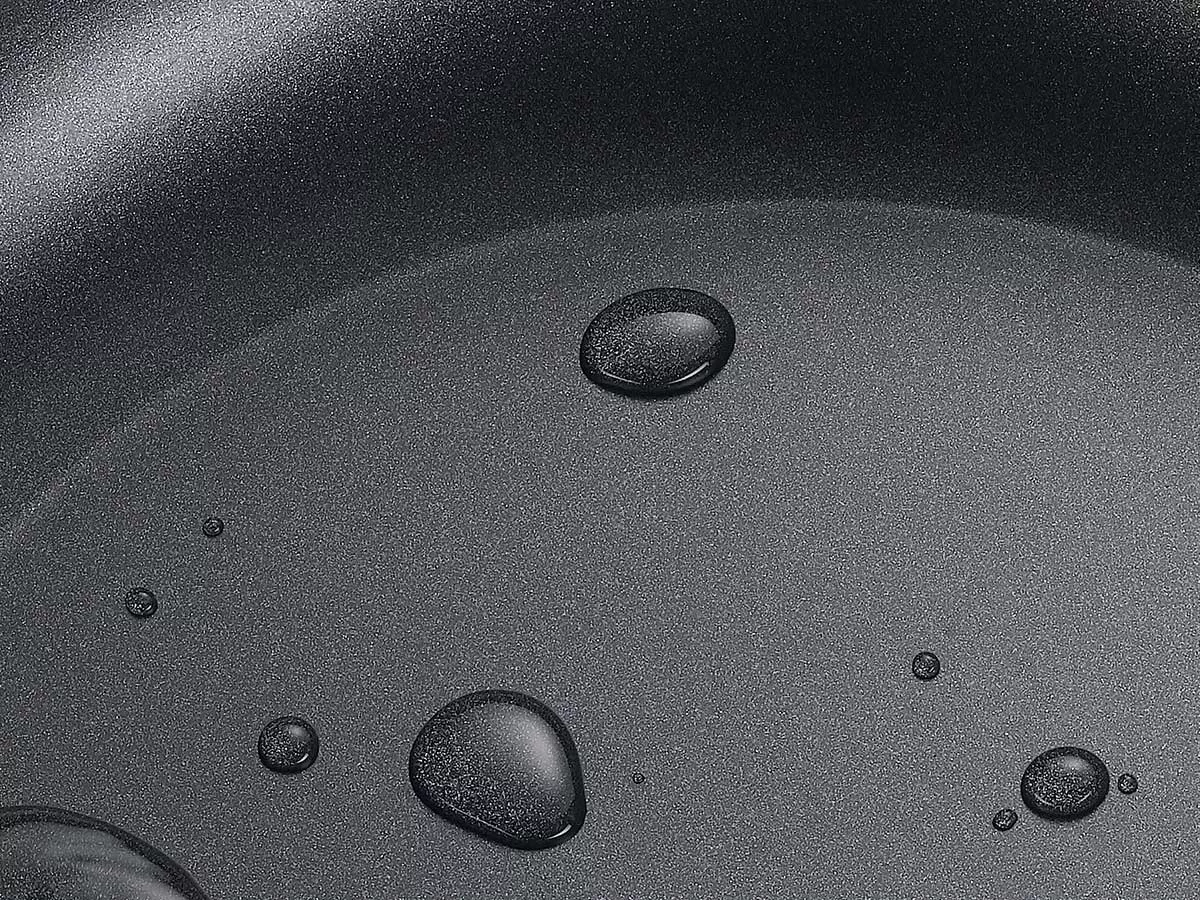Non-stick cookware has become a staple in modern kitchens, offering convenience and ease of cooking. However, as its popularity soared, concerns emerged regarding potential health and environmental impacts. The non-stick cookware market is projected to expand from an estimated $23 billion in 2024 to $38.6 billion by 2034, fueled by a CAGR of 5.3%, reflecting its widespread appeal and growing demand.
Despite the convenience, questions have been raised about the safety of the materials used in non-stick coatings and their potential effects on human health and the environment. As we delve deeper into the science behind these coatings, it's crucial to understand the manufacturing processes, the substances involved, and their implications for responsible usage and disposal.
What is Teflon?
Teflon, or polytetrafluoroethylene (PTFE), was the first modern non-stick coating discovered accidentally in 1938 by Roy J. Plunkett at DuPont's Jackson Laboratory. Source Plunkett was experimenting with refrigerant gases when he found a white, waxy substance had formed inside one of the containers - PTFE polymer. This material exhibited remarkable non-stick properties that would later revolutionize the cookware industry.
In 1954, French engineer Marc Grégoire recognized the potential of PTFE coatings for cookware and invented the first Teflon-coated non-stick pans under the brand name Tefal. Source Since then, non-stick pans using Teflon or similar fluoropolymer coatings have become a ubiquitous sight in kitchens around the world due to their convenience and easy cleaning.
The Science of Non-Stick Coatings
The key material used in most non-stick coatings is polytetrafluoroethylene (PTFE), a synthetic polymer also known as Teflon. PTFE has a unique molecular structure that gives it an incredibly low surface energy, meaning other materials have difficulty sticking to it. As Orion Coat explains, PTFE is resistant to corrosion, provides good insulation, repels water, and can withstand extreme temperatures.
To create non-stick cookware, a thin and even coating of liquid PTFE is applied to the pan's surface, often using a spray coating machine (Bonray Bakeware). The pan is primed first to help the coating adhere properly. Once the PTFE coating cures, it forms a smooth layer with millions of microscopic air pockets that prevent food from sticking due to greatly reduced surface contact.
Safe Temperature Ranges
One of the primary concerns with non-stick cookware is the potential release of harmful chemicals when heated to high temperatures. According to Healthline, Teflon coatings on non-stick pans can start to break down at temperatures above 500°F (260°C), releasing toxic fumes into the air.
The fumes released from overheated non-stick cookware are known as polymer fumes, and they can cause temporary flu-like symptoms, such as chills, headaches, and fever. This condition is often referred to as "polymer fume fever." To avoid these risks, it is recommended to never heat non-stick cookware above medium heat or leave it empty on a hot burner.
A Reddit discussion on r/seriouseats also reinforces the importance of avoiding high heat with non-stick cookware. Users share experiences and warnings about the potential dangers of degrading the non-stick coating when exposed to excessive heat.
Do Non-Stick Coatings Get Into Food?
A common concern with non-stick cookware is whether tiny particles of the coating material can flake off into food during cooking. According to research, while some minuscule amounts may be ingested, the quantities are negligible and not considered hazardous to human health.
As discussed on Reddit, Teflon (PTFE) is non-reactive and ingesting small pieces is not a problem. Even if larger pieces were consumed, they would simply pass through the digestive system without being absorbed.
Similarly, experts on Columbia University's Go Ask Alice! confirm that while not ideal, consuming tiny Teflon flakes carries relatively small health risks based on current research. The key is to replace non-stick cookware once the coating starts significantly degrading.
Health Concerns Around Production
One of the primary health concerns surrounding non-stick coatings has been the use of perfluorooctanoic acid (PFOA) in the manufacturing process. PFOA is a synthetic chemical that was used to make non-stick coatings more durable and heat-resistant. However, studies have linked PFOA exposure to various health issues, including cancer, liver damage, and developmental problems.
In response to these concerns, major manufacturers of non-stick coatings, such as DuPont (the company that invented Teflon), have phased out the use of PFOA. According to WebMD, "Today, all Teflon products are PFOA-free." This means that the health effects of PFOA exposure are no longer a cause for concern with modern non-stick cookware.
Environmental Impacts
While non-stick cookware offers convenience in the kitchen, there are significant environmental concerns surrounding its production and disposal. The manufacturing process involves the use of hazardous chemicals like perfluorooctanoic acid (PFOA), which has been linked to environmental contamination and health issues (Source). Though major brands have phased out PFOA, alternative chemicals used may also pose risks.
Recycling non-stick pans is challenging due to the multi-layer construction with PTFE coatings. As these coatings degrade, they can release toxic particles into the environment during disposal or incineration (Source). The chemical industry faces pressure to adopt more sustainable practices throughout the product lifecycle to mitigate environmental harm.
Safe Usage Tips
To maximize the lifespan and safety of your non-stick pans, it's crucial to follow proper usage guidelines. First and foremost, always preheat the pan gradually over low to medium heat. Abruptly exposing a non-stick surface to high temperatures can cause the coating to break down and release harmful fumes. Additionally, never allow an empty non-stick pan to overheat, as this can quickly degrade the coating. Source: AllRecipes
Another key tip is to replace your non-stick pans once the coating becomes visibly worn or scratched. While minor nicks and scratches may not necessarily render the pan unsafe, a heavily degraded surface increases the risk of coating particles flaking off into your food. As a general rule, consider replacing non-stick pans every 5 years or so. Source: Reddit
Greener Alternatives
While traditional non-stick cookware offers unparalleled convenience, growing concerns over potential health and environmental impacts have led many to seek out more eco-friendly alternatives. Fortunately, several options exist that can provide a non-stick cooking experience without the risks associated with PTFE coatings.
One increasingly popular choice is ceramic non-stick cookware. As explained by ImPlasticFree.com, these pans are coated with a sol-gel derived silicon coating that is PTFE and PFOA-free. Ceramic coatings are generally safer at higher temperatures and less likely to release toxic fumes if overheated.
Another green alternative is anodized aluminum cookware. The anodization process electrochemically builds up a harder, more durable oxidized layer on the aluminum surface. This creates a relatively non-stick surface that doesn't require controversial coatings like PTFE. Anodized aluminum is also non-reactive, making it less likely to leach metals into food.
For an ultra-durable and chemical-free option, cast iron cookware has been trusted for generations. When properly seasoned, cast iron develops a natural non-stick patina. It can last for decades with proper care and is one of the most environmentally-friendly cookware choices available.
The Bottom Line
Non-stick cookware has revolutionized home cooking by making it easier to prepare meals without food sticking to pans. The key is the polytetrafluoroethylene (PTFE) coating, which creates a slippery surface that prevents food from adhering. When used properly, non-stick pans are perfectly safe, as the amounts of PTFE that could potentially get into food from normal cooking are negligible and not harmful if ingested (1).
However, it's important to avoid overheating non-stick pans above 500°F (260°C), as this can cause the coating to break down and release toxic fumes. Always use non-stick cookware over low to medium heat and never preheat an empty pan. Replace any pans once the non-stick coating becomes scratched or worn down.
From an environmental standpoint, the production of non-stick coatings has raised some concerns around the use of PFOA (perfluorooctanoic acid), though major brands have phased out this chemical. Proper disposal and recycling of non-stick pans is also crucial to minimize their environmental footprint. Eco-friendly alternatives like ceramic, anodized aluminum, or cast iron are great options for more sustainable cookware (2).





